Home>Gardening & Outdoor>Landscaping Ideas>What Does Aerating Do For Grass


Landscaping Ideas
What Does Aerating Do For Grass
Modified: March 24, 2024
Discover the benefits of aerating your lawn and improving its health with our landscaping ideas. Learn how aeration can promote lush, vibrant grass growth.
(Many of the links in this article redirect to a specific reviewed product. Your purchase of these products through affiliate links helps to generate commission for Storables.com, at no extra cost. Learn more)
Introduction
When it comes to maintaining a lush, healthy lawn, aerating is a crucial practice that often goes overlooked. Many homeowners are unaware of the benefits of aerating their grass and the positive impact it can have on the overall health and appearance of their lawn. In this article, we will delve into the world of lawn care and explore the significance of aerating, shedding light on its purpose, benefits, and the best practices for achieving optimal results.
Aerating is a fundamental aspect of lawn maintenance that involves perforating the soil with small holes to alleviate compaction and promote better air, water, and nutrient penetration to the grassroots. This process is akin to giving the soil a breath of fresh air, allowing it to thrive and support the healthy growth of grass. By understanding the role of aerating in nurturing a vibrant lawn, homeowners can take proactive steps to enhance the vitality and resilience of their outdoor space.
Throughout this article, we will uncover the science behind aerating and its transformative effects on grass, providing valuable insights into the ideal timing for aeration and the techniques that yield the best results. Whether you are a seasoned lawn care enthusiast or a novice homeowner looking to elevate the beauty of your outdoor environment, this exploration of aerating will equip you with the knowledge and understanding needed to cultivate a thriving, verdant lawn that serves as a source of pride and joy.
Key Takeaways:
- Aerating grass is like giving the soil a breath of fresh air, promoting healthier roots and vibrant grass. It’s a crucial step for a lush, resilient lawn that homeowners can easily incorporate into their lawn care routine.
- By aerating at the right time and following simple steps, homeowners can improve air and water circulation, stimulate root growth, and enhance the overall health and appearance of their lawn. It’s like giving the grass a refreshing boost for long-term vitality.
Read more: What Is Aeration In Lawn Care
What is Aerating?
Aerating, also known as core aeration, is a fundamental lawn care practice designed to improve the health and vitality of grass by addressing soil compaction and promoting optimal root growth. Over time, the soil beneath a lawn can become compacted due to various factors such as foot traffic, heavy machinery, or natural settling. This compaction restricts the flow of air, water, and nutrients to the grassroots, hindering their ability to thrive and impeding the overall health of the lawn.
The process of aerating involves the use of specialized equipment, such as a core aerator, to perforate the soil and extract small plugs of earth, creating channels for air, water, and nutrients to penetrate the root zone. By alleviating compaction and enhancing soil structure, aerating facilitates improved root development, leading to stronger, more resilient grass that is better equipped to withstand environmental stressors.
Aerating serves as a rejuvenating breath for the soil, invigorating it with the essential elements necessary for robust grass growth. The extracted soil plugs left on the surface gradually break down, contributing to the natural decomposition process and further enriching the soil with organic matter. This, in turn, fosters a healthier microbial environment and supports the long-term fertility of the lawn.
In essence, aerating is a proactive measure that nurtures the foundation of a vibrant lawn, ensuring that the soil remains conducive to the flourishing of lush, green grass. By understanding the significance of aerating and its impact on soil health, homeowners can take proactive steps to cultivate a resilient and visually appealing lawn that serves as a testament to their dedication to proper lawn care.
Benefits of Aerating Grass
Aerating grass offers a myriad of benefits that contribute to the overall health and visual appeal of a lawn. Understanding these advantages is crucial for homeowners seeking to elevate the vitality of their outdoor space. Here are the key benefits of aerating grass:
-
Improved Air Circulation: Through the creation of channels in the soil, aerating facilitates enhanced air circulation to the grassroots. This vital exchange of gases promotes a healthier root system and overall grass vigor.
-
Enhanced Water Absorption: Compacted soil can impede water penetration, leading to surface runoff and water wastage. Aerating allows water to infiltrate the soil more effectively, reducing water runoff and promoting efficient water absorption by the grassroots.
-
Nutrient Uptake: By alleviating compaction, aerating enables essential nutrients to reach the grassroots more efficiently. This fosters robust nutrient uptake, supporting the overall health and resilience of the grass.
-
Stimulated Root Growth: The process of aerating encourages the development of deeper, more extensive root systems. Stronger grassroots contribute to improved drought tolerance and overall lawn durability.
-
Enhanced Thatch Breakdown: Thatch, a layer of organic debris that accumulates on the soil surface, can impede the flow of water, air, and nutrients to the grassroots. Aerating helps break down thatch, promoting its decomposition and integration into the soil.
-
Improved Fertilizer Effectiveness: Aerating maximizes the effectiveness of fertilization efforts by ensuring that nutrients can reach the grassroots and be absorbed more efficiently, leading to better utilization of applied fertilizers.
-
Enhanced Soil Structure: The creation of channels through aeration improves soil structure, fostering a more favorable environment for microbial activity and nutrient cycling. This contributes to the long-term fertility and health of the lawn.
-
Overall Lawn Health and Appearance: By addressing compaction and promoting optimal growing conditions, aerating contributes to the overall health, vibrancy, and visual appeal of the lawn, resulting in a lush, green expanse that is a source of pride for homeowners.
Incorporating aeration into a comprehensive lawn care regimen can yield significant benefits, ensuring that the grass thrives and flourishes in an environment that is conducive to its long-term health and beauty.
When to Aerate Grass
Determining the optimal time to aerate grass is crucial for maximizing the benefits of this essential lawn care practice. The timing of aeration is closely tied to the growth and dormancy patterns of the grass, as well as the specific needs of the soil. While aerating can be beneficial for most lawns, identifying the right window of opportunity ensures that the process aligns with the natural growth cycles of the grass, promoting optimal recovery and long-term benefits.
In general, the best time to aerate cool-season grasses, such as Kentucky bluegrass, fescue, and ryegrass, is during the early fall or early spring. These periods coincide with the peak growth phases of cool-season grasses, allowing them to recover more effectively from the aeration process. Early fall aeration is particularly advantageous as it enables the grass to take advantage of favorable soil conditions and cooler temperatures, promoting robust root development before the onset of winter dormancy.
On the other hand, warm-season grasses, including Bermuda grass, Zoysia grass, and St. Augustine grass, benefit most from aeration during late spring to early summer. This timing aligns with the active growth phase of warm-season grasses, ensuring that they can capitalize on the enhanced soil conditions and recover swiftly from aeration-induced stress. Aeration during this period also facilitates the preparation of warm-season grasses for the upcoming summer stressors, such as heat and drought.
It's important to consider the soil moisture levels when scheduling aeration. Ideally, the soil should be moderately moist, but not overly wet, to ensure that the aerating equipment can penetrate the ground effectively without causing excessive compaction. Aeration on extremely dry soil can be counterproductive and may lead to unnecessary stress on the grass.
Observing the condition of the grass and soil is also crucial in determining the need for aeration. If the lawn experiences heavy foot traffic, shows signs of compaction, or struggles with water runoff and poor nutrient absorption, these are indicators that aeration is warranted.
By aligning the timing of aeration with the natural growth cycles of the grass and the specific needs of the soil, homeowners can optimize the effectiveness of this essential lawn care practice, ensuring that their grass thrives in a conducive and nurturing environment.
In essence, understanding the seasonal and environmental factors that influence the decision to aerate grass empowers homeowners to make informed choices that support the long-term health and vitality of their lawn.
How to Aerate Grass
Aerating grass is a fundamental aspect of lawn care that requires careful planning and execution to ensure optimal results. The process of aerating involves perforating the soil to alleviate compaction and promote better air, water, and nutrient penetration to the grassroots. Here's a comprehensive guide on how to aerate grass effectively:
Read more: Why Aerate Grass
1. Assess the Lawn
Before initiating the aeration process, it's essential to assess the condition of the lawn. Identify areas that experience heavy foot traffic, show signs of compaction, or exhibit poor water absorption. These areas will benefit the most from aeration.
2. Choose the Right Equipment
Select the appropriate aerating equipment based on the size of the lawn and the severity of soil compaction. A core aerator, which removes small plugs of soil, is commonly used for aerating. For smaller lawns, manual aerators or spike aerators may suffice, while larger lawns may require powered core aerators.
3. Prepare the Lawn
Mow the grass to a slightly lower than usual height before aerating. This allows the aerating equipment to penetrate the soil more effectively. It's also advisable to water the lawn a day or two before aeration to ensure that the soil is moderately moist, facilitating the penetration of the aerating tines.
4. Aerate in a Crisscross Pattern
When aerating, move the equipment in a crisscross pattern across the lawn to ensure thorough coverage. Overlapping the passes helps create a grid-like pattern of aeration holes, promoting uniform soil loosening and alleviating compaction more effectively.
Read more: What Does Sweetgrass Do
5. Leave the Plugs
After aerating, leave the soil plugs on the surface of the lawn. These plugs will break down naturally over time, contributing to the decomposition process and enriching the soil with organic matter. It's beneficial to water the lawn lightly after aeration to encourage the breakdown of the soil plugs.
6. Follow Up with Lawn Care Practices
Following aeration, consider overseeding the lawn to promote new grass growth and fill in any bare or thin areas. Additionally, fertilizing the lawn after aeration can maximize the effectiveness of the nutrients by allowing them to reach the grassroots more efficiently.
7. Monitor and Maintain
Monitor the lawn's progress after aeration, paying attention to the grass's response and overall health. Regular watering and mowing practices should be maintained to support the recovery and growth of the grass following aeration.
By following these steps, homeowners can effectively aerate their grass, promoting optimal soil conditions and supporting the long-term health and vitality of their lawn. Aeration, when performed with care and consideration, contributes to the creation of a resilient and visually appealing lawn that serves as a testament to proper lawn care practices.
Conclusion
In conclusion, aerating grass is a fundamental practice that holds the key to unlocking the full potential of a vibrant, healthy lawn. By understanding the purpose and benefits of aerating, homeowners can take proactive steps to nurture their outdoor space, ensuring that the grass thrives in an environment that is conducive to its long-term health and beauty.
Aerating serves as a rejuvenating breath for the soil, alleviating compaction and promoting optimal air, water, and nutrient penetration to the grassroots. This essential process stimulates robust root growth, enhances soil structure, and fosters an environment that supports the overall health and resilience of the grass. The benefits of aerating, including improved air circulation, enhanced water absorption, and stimulated root growth, contribute to the creation of a lush, green expanse that is a source of pride for homeowners.
Understanding the optimal timing for aeration, whether for cool-season or warm-season grasses, is crucial for maximizing the benefits of this essential lawn care practice. By aligning the aeration process with the natural growth cycles of the grass and the specific needs of the soil, homeowners can ensure that their lawn flourishes in an environment that promotes optimal recovery and long-term benefits.
Executing the aeration process with care and consideration, from assessing the lawn's condition to choosing the right equipment and following up with appropriate lawn care practices, is essential for achieving optimal results. By incorporating aeration into a comprehensive lawn care regimen, homeowners can cultivate a resilient and visually appealing lawn that serves as a testament to their dedication to proper lawn care practices.
In essence, aerating grass is not just a routine maintenance task; it is a proactive measure that nurtures the foundation of a vibrant lawn, ensuring that the soil remains conducive to the flourishing of lush, green grass. By embracing the transformative effects of aerating and integrating it into their lawn care routine, homeowners can cultivate an outdoor space that is not only visually stunning but also a testament to their commitment to nurturing a thriving, verdant environment.
Frequently Asked Questions about What Does Aerating Do For Grass
Was this page helpful?
At Storables.com, we guarantee accurate and reliable information. Our content, validated by Expert Board Contributors, is crafted following stringent Editorial Policies. We're committed to providing you with well-researched, expert-backed insights for all your informational needs.


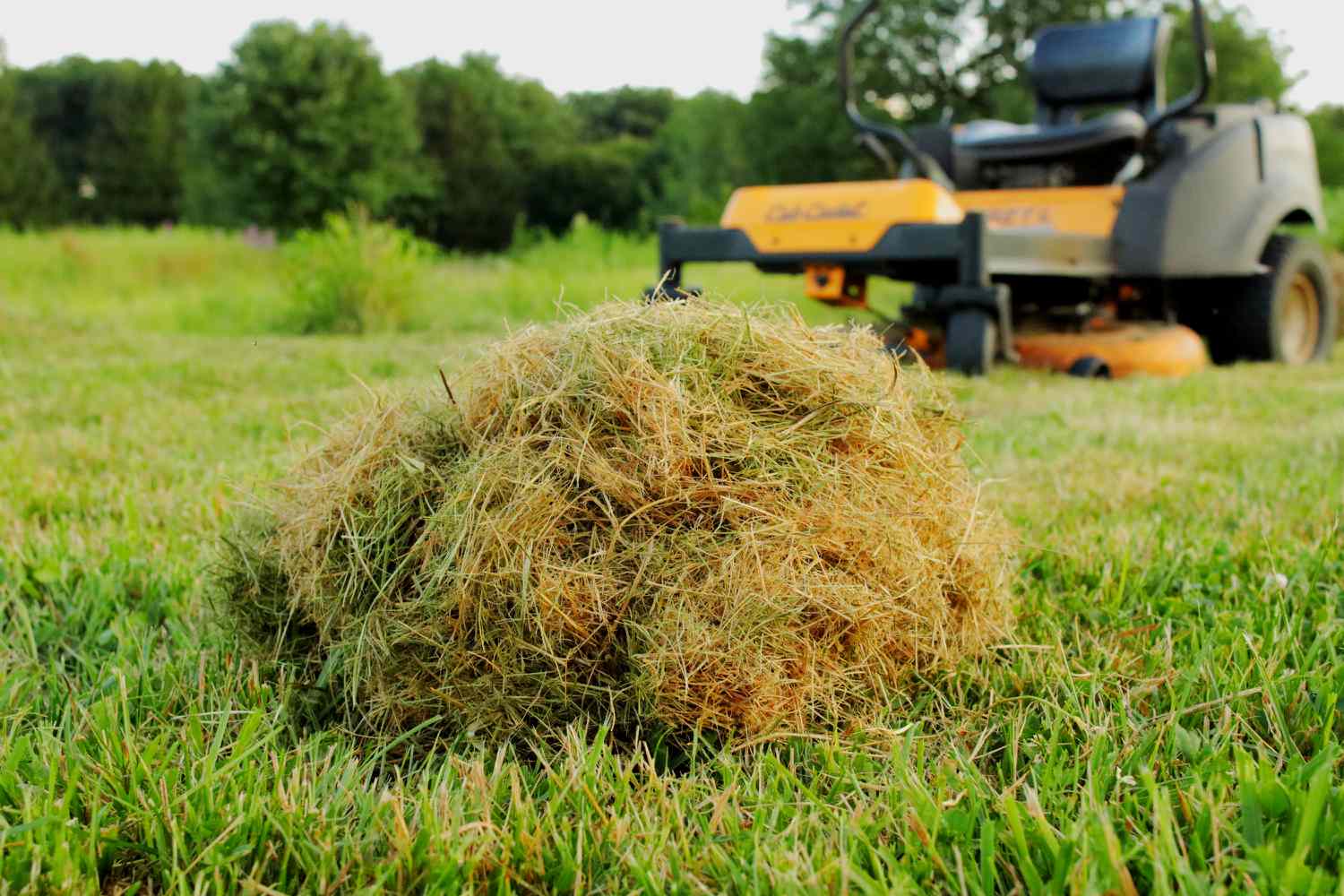

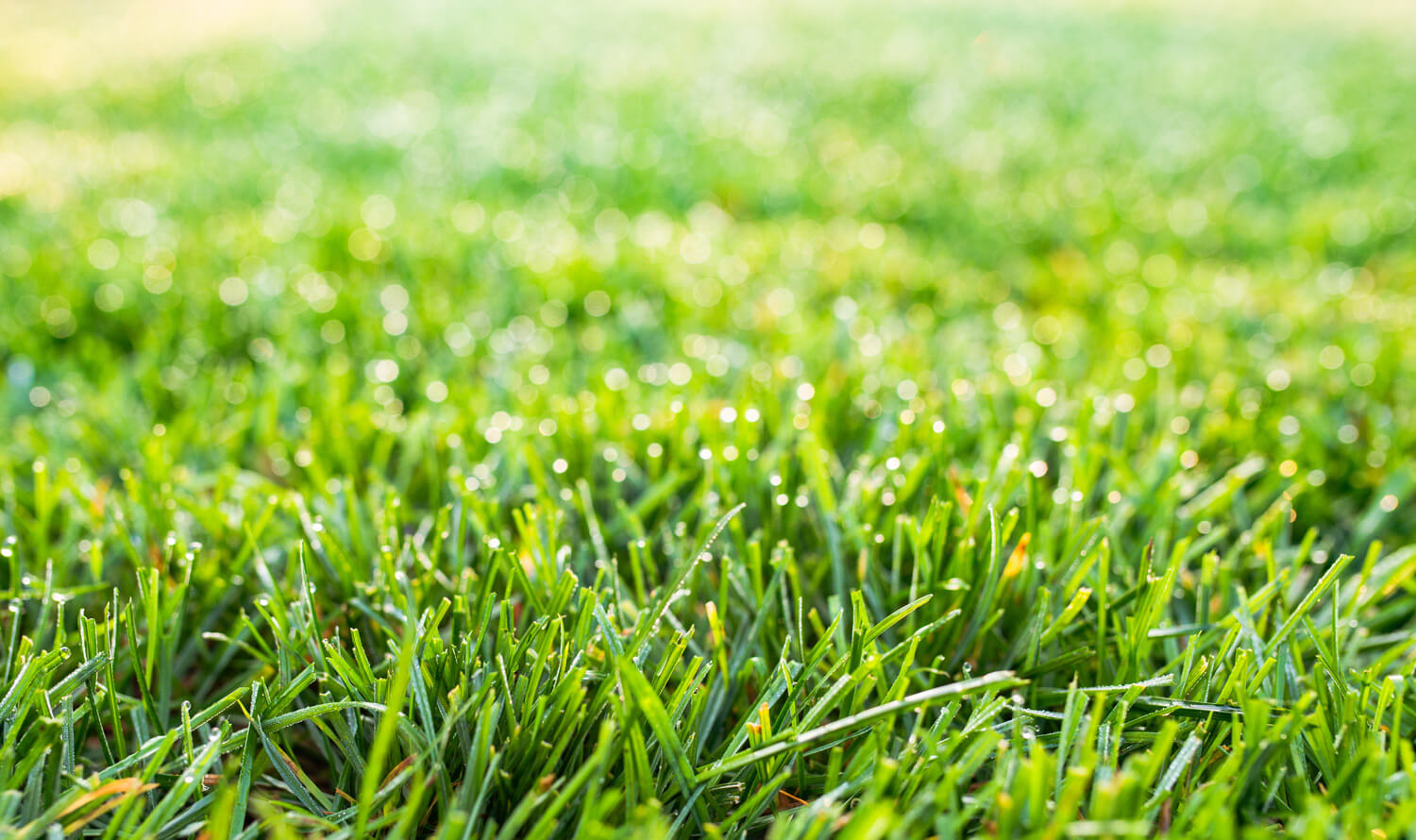
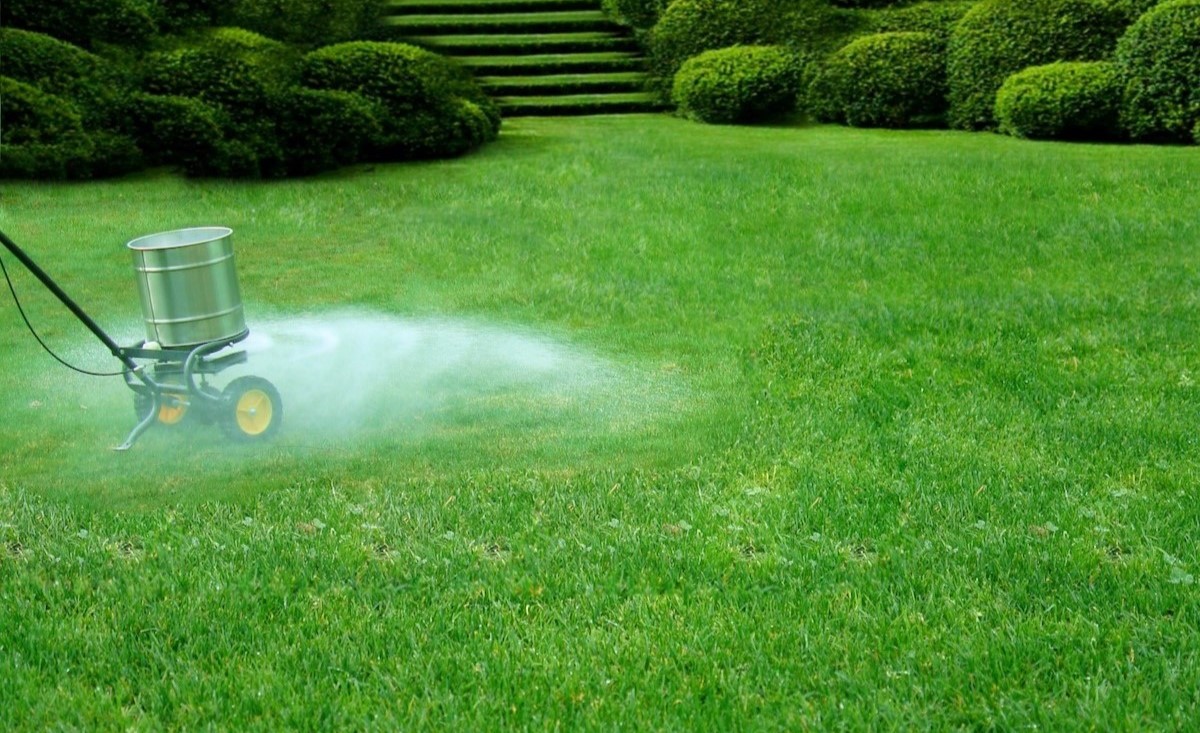
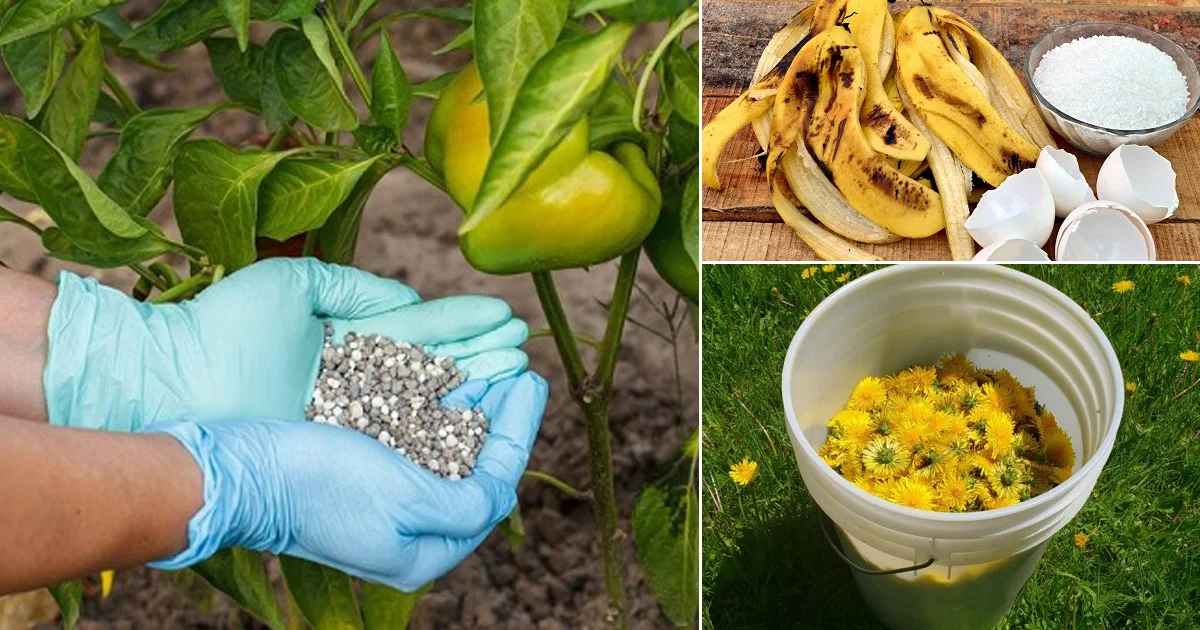
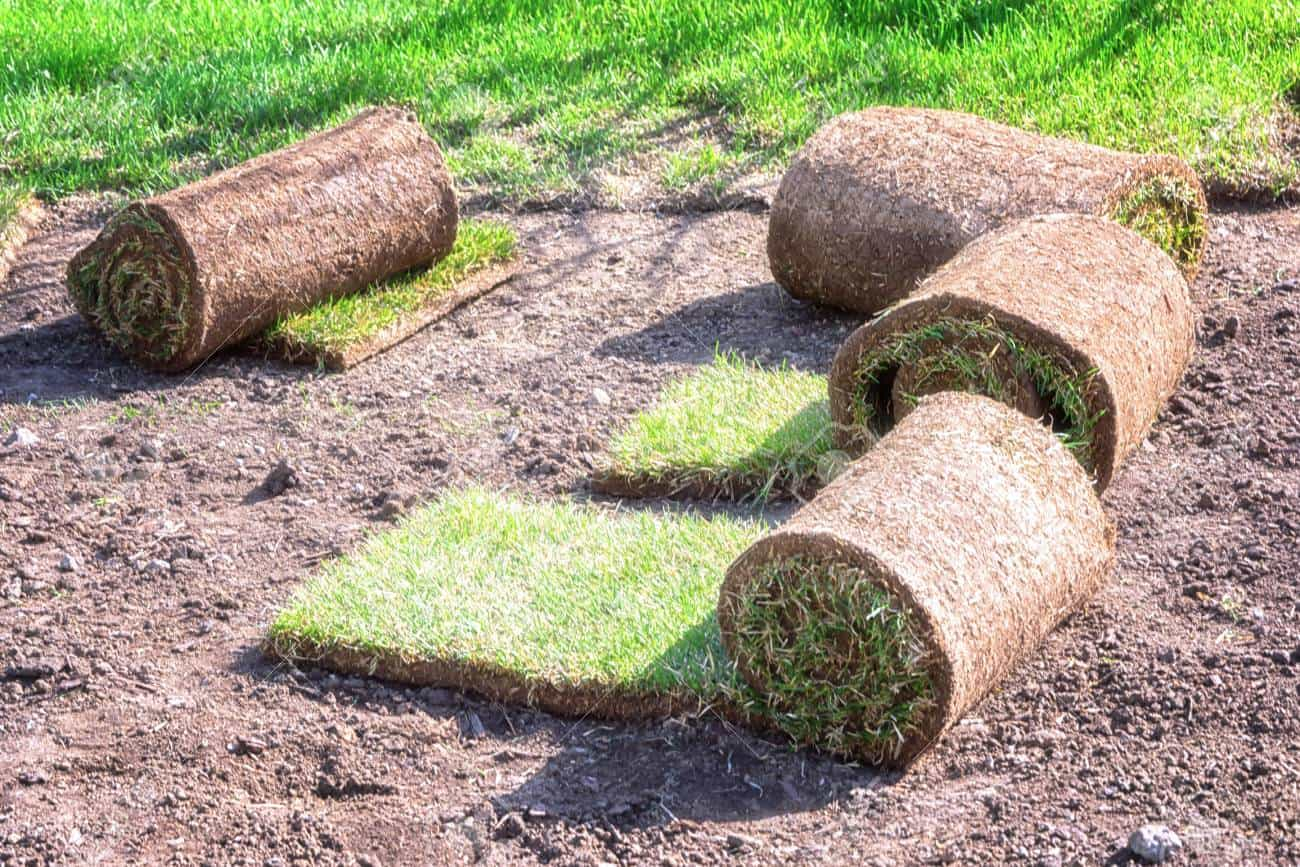
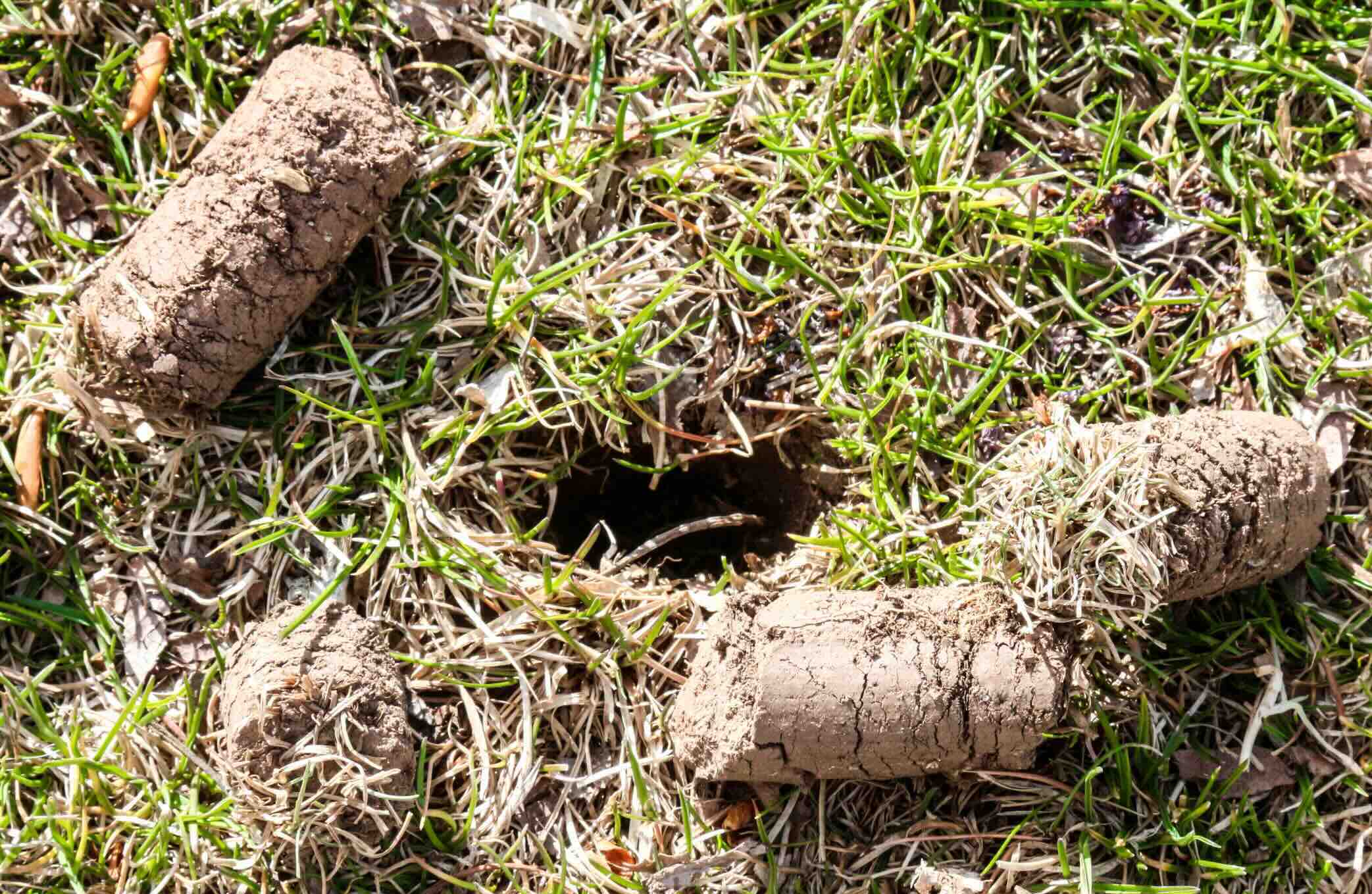
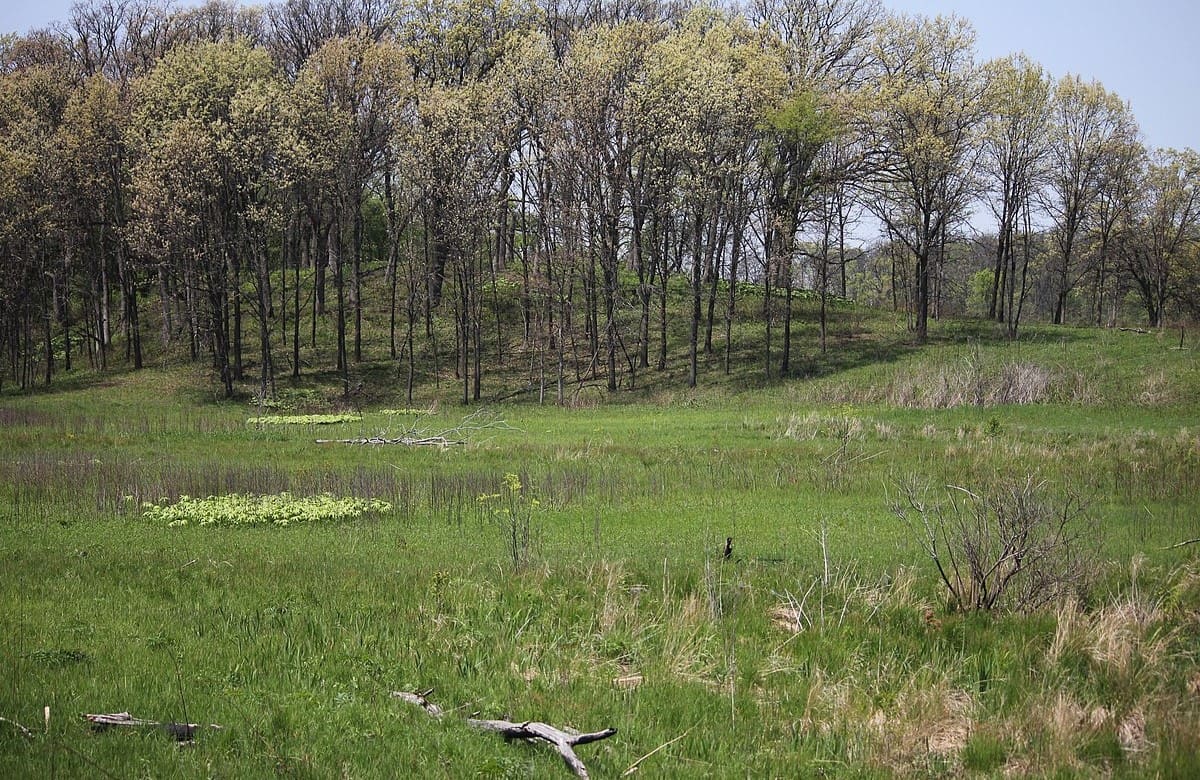
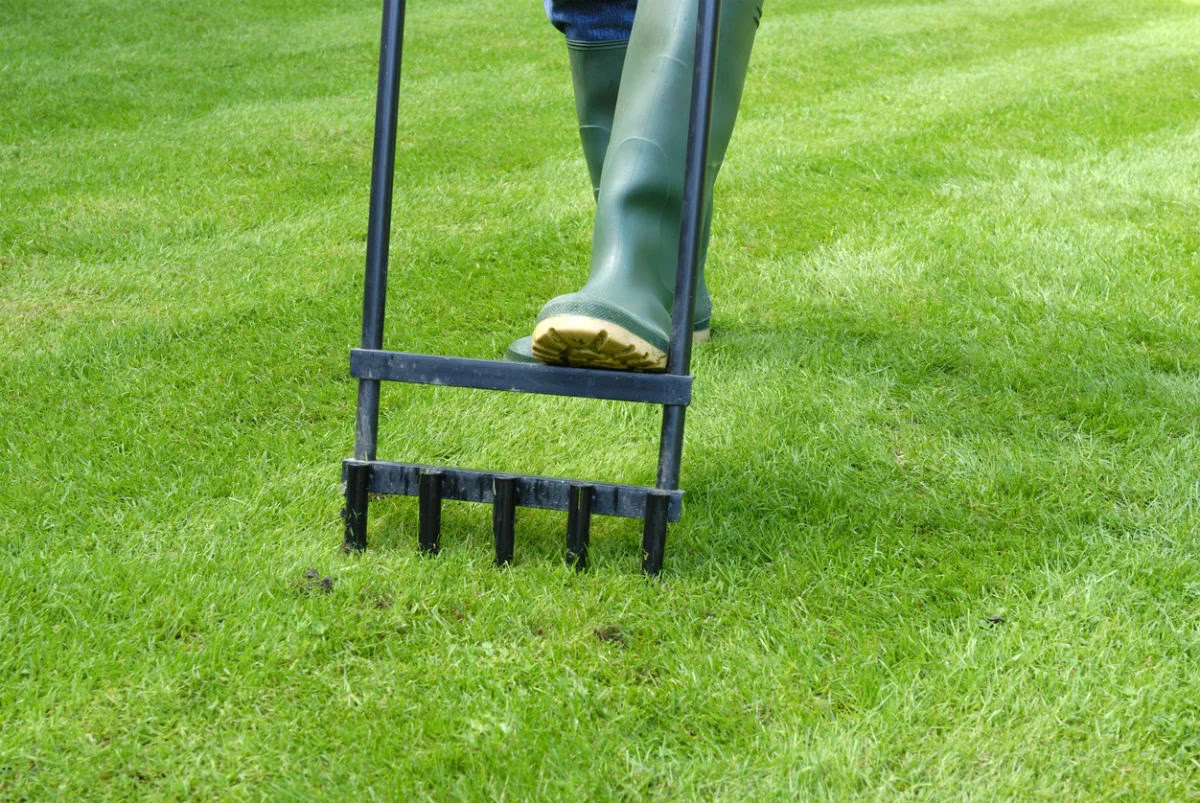

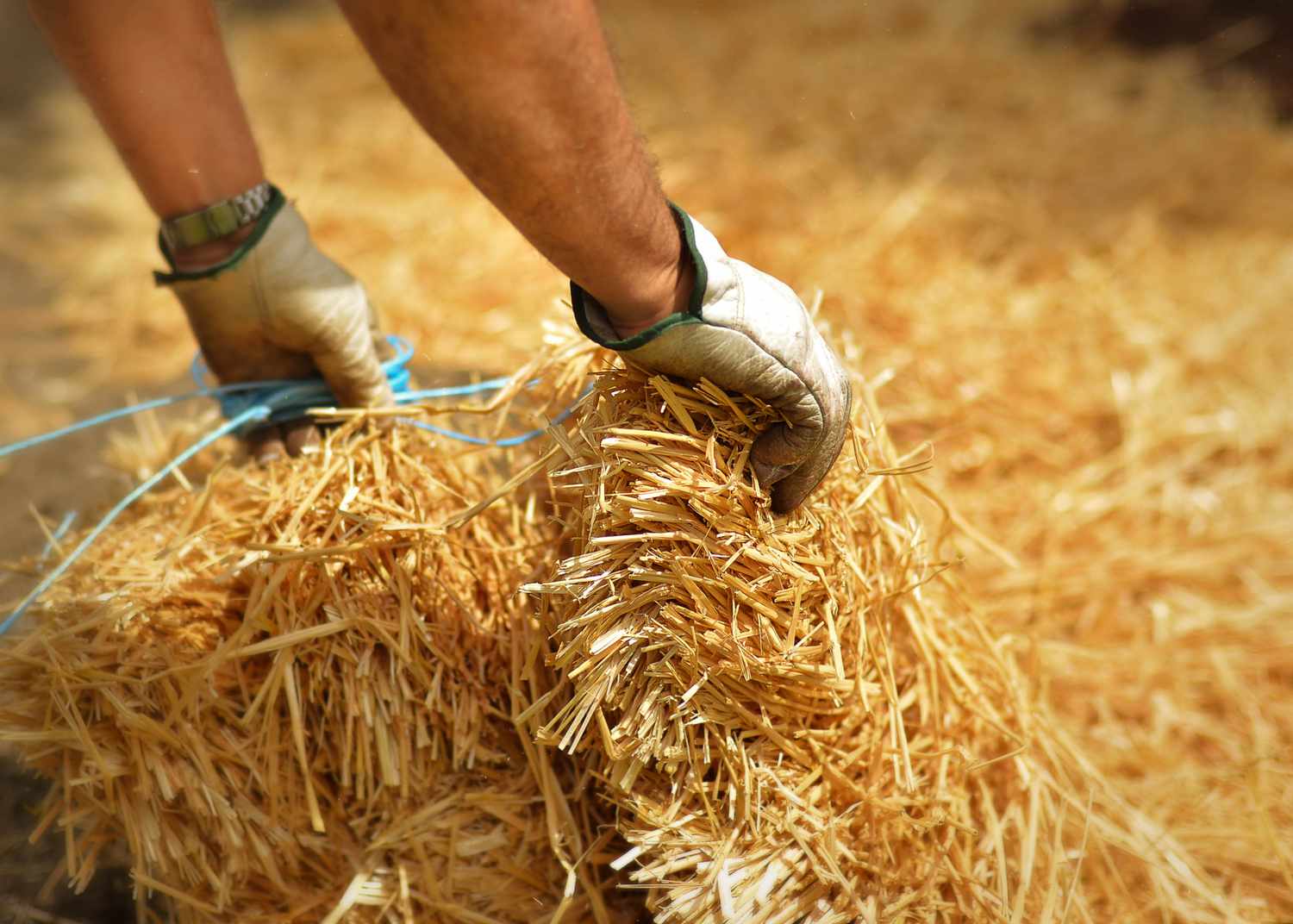

0 thoughts on “What Does Aerating Do For Grass”